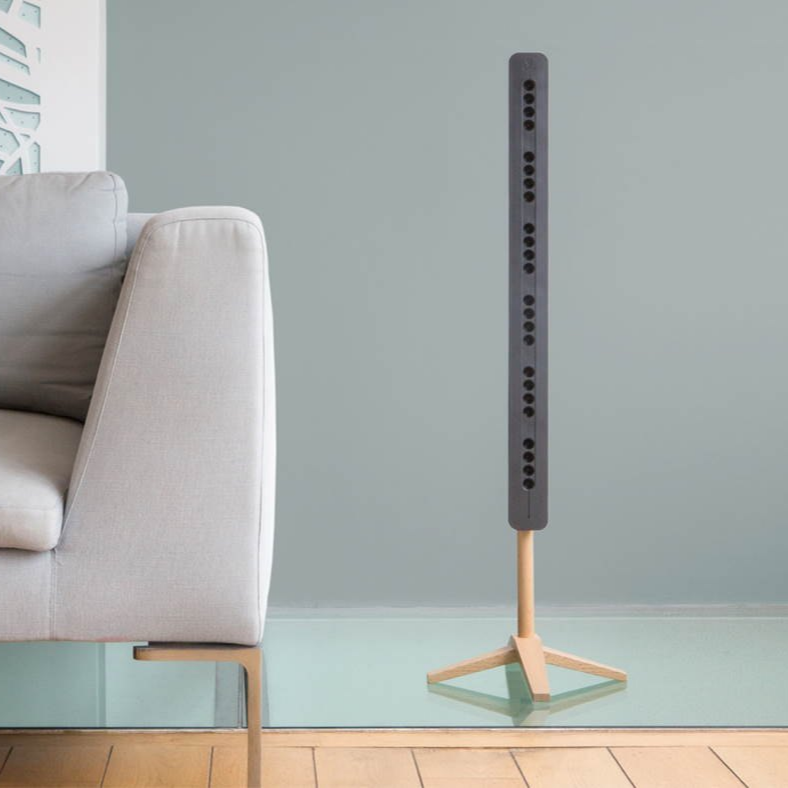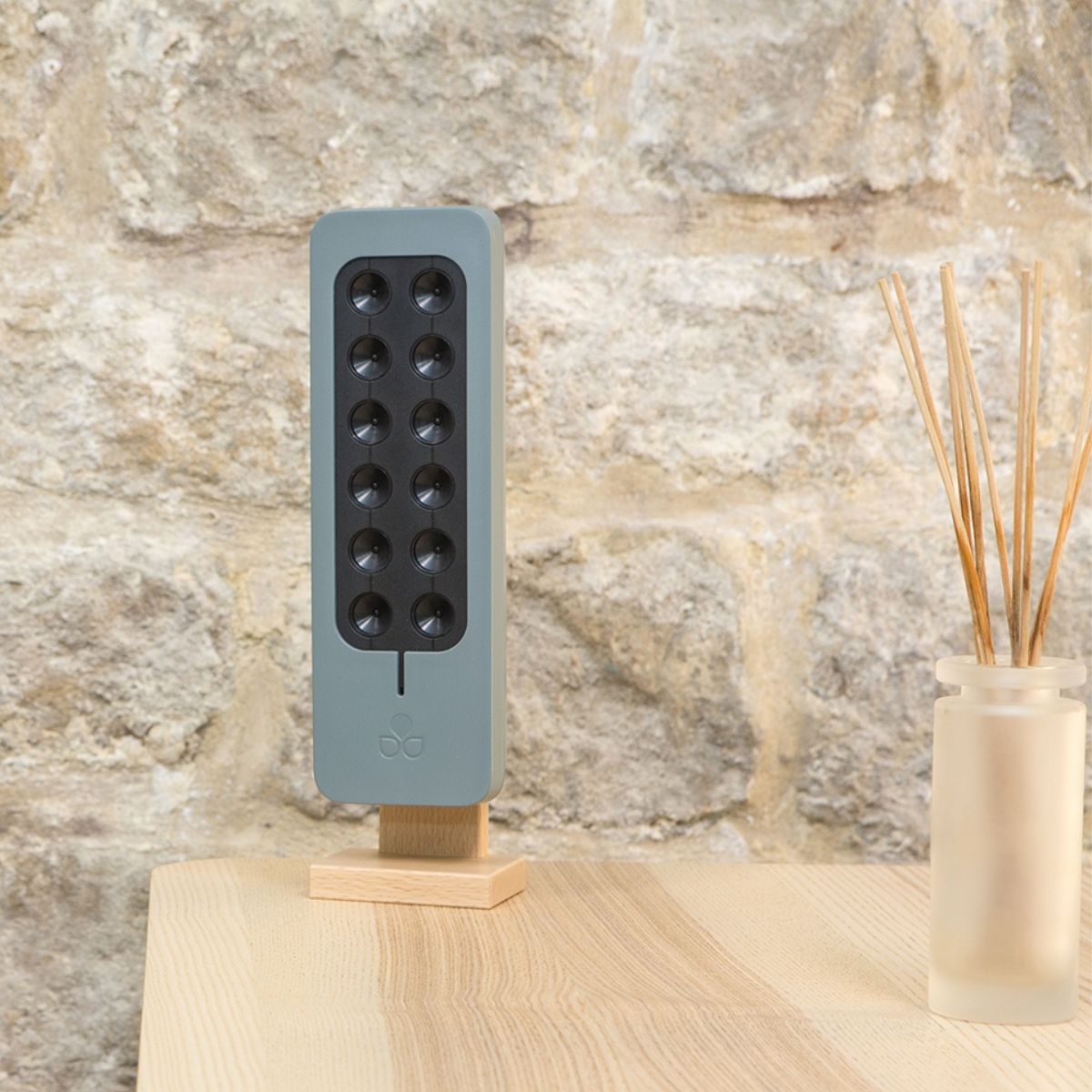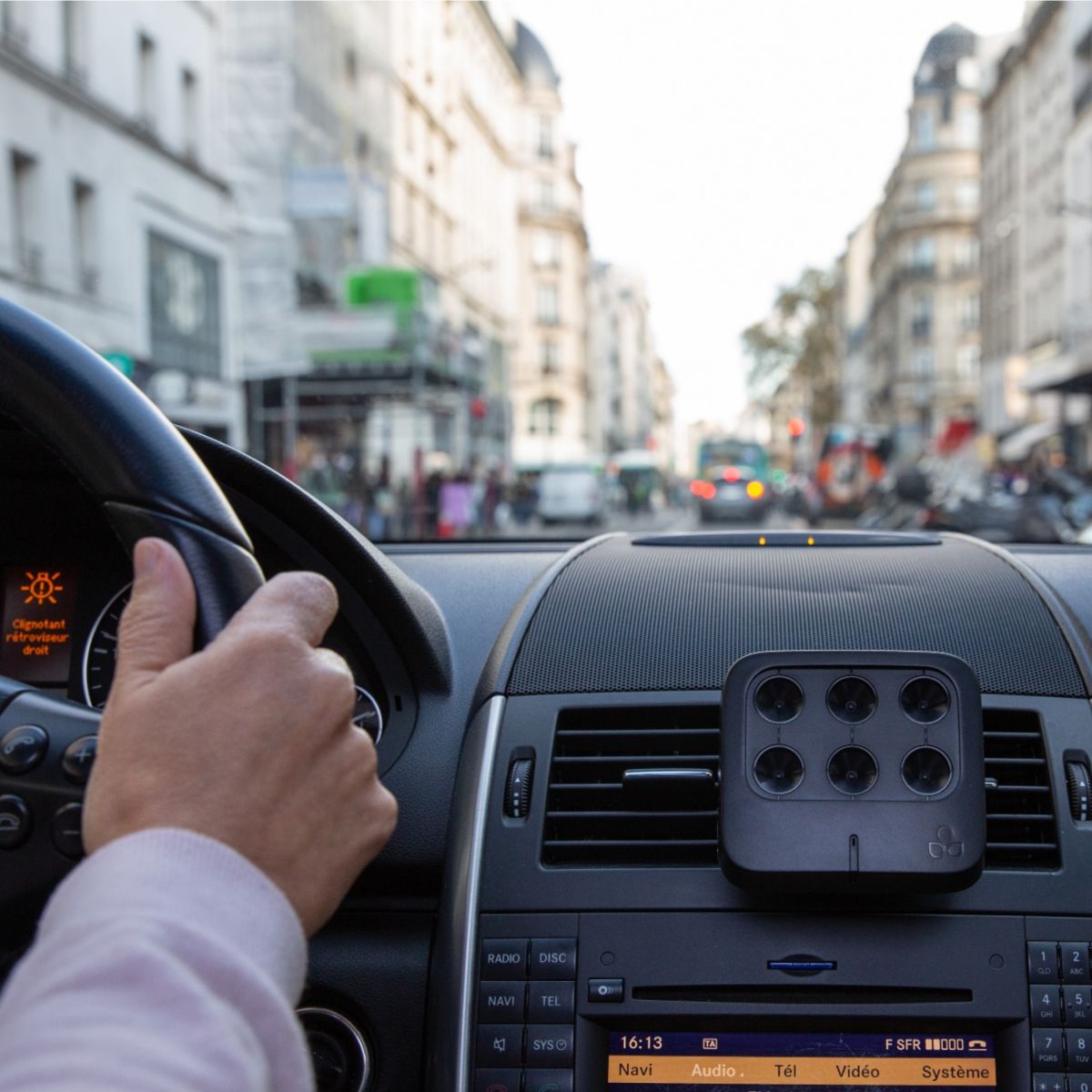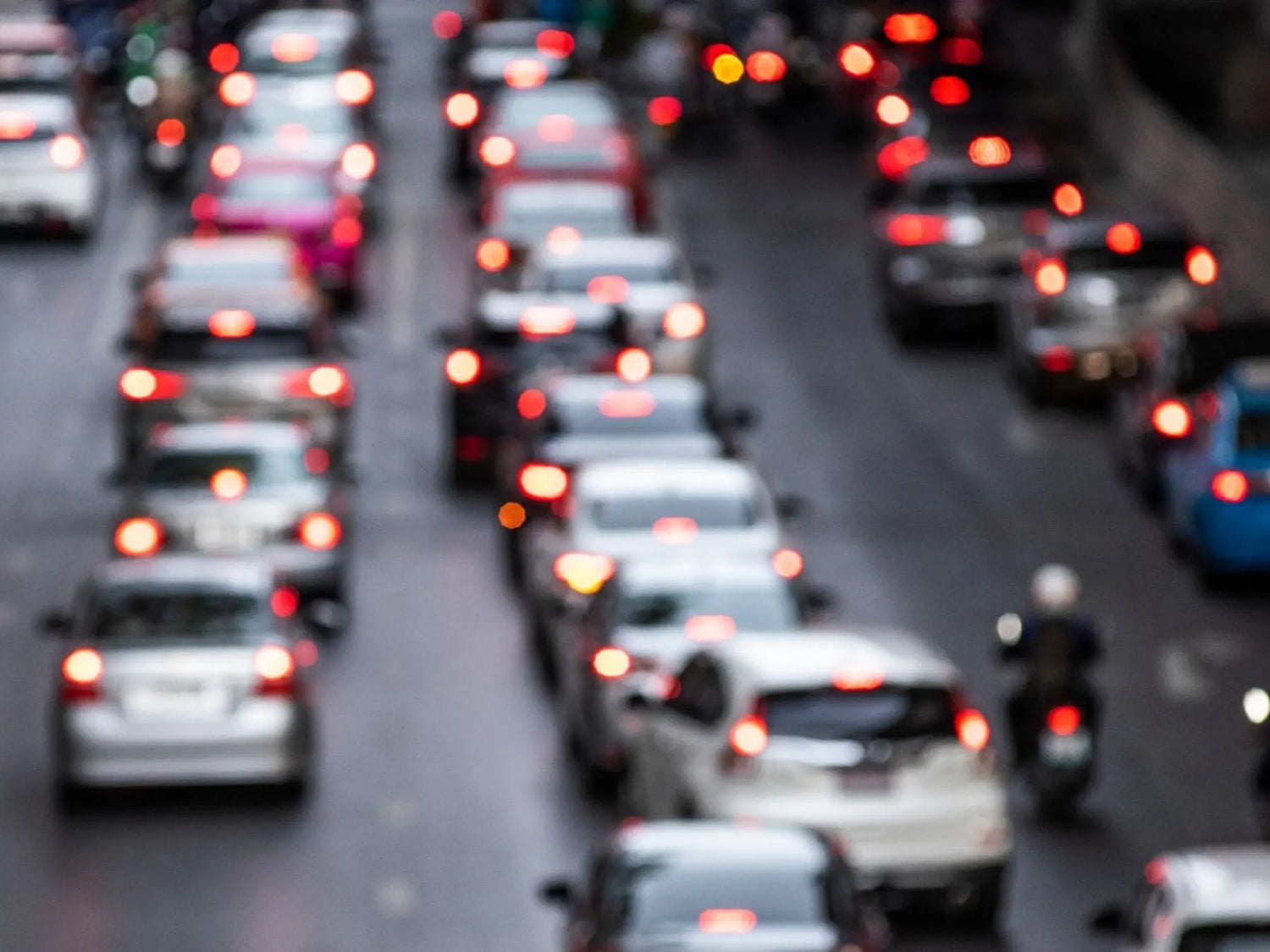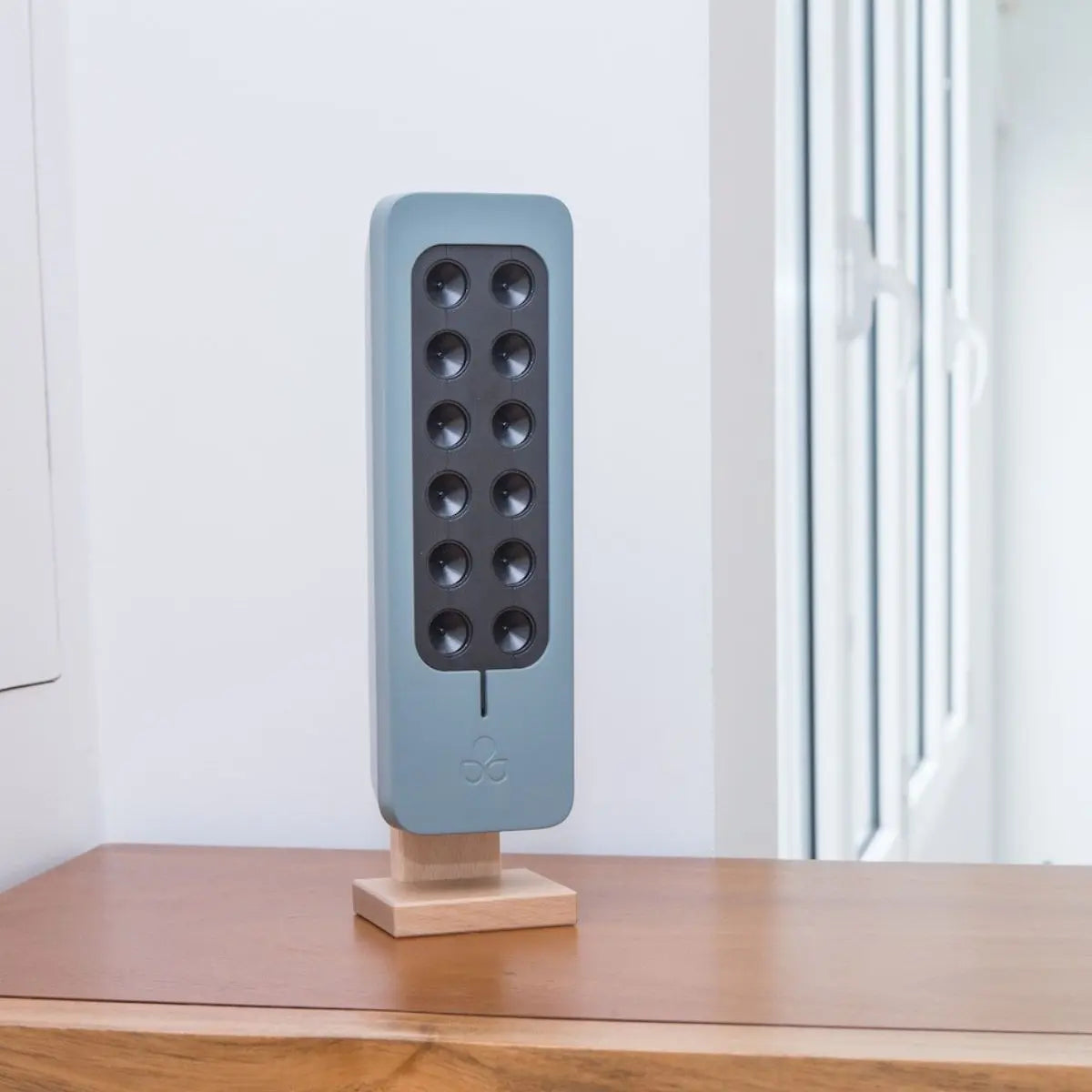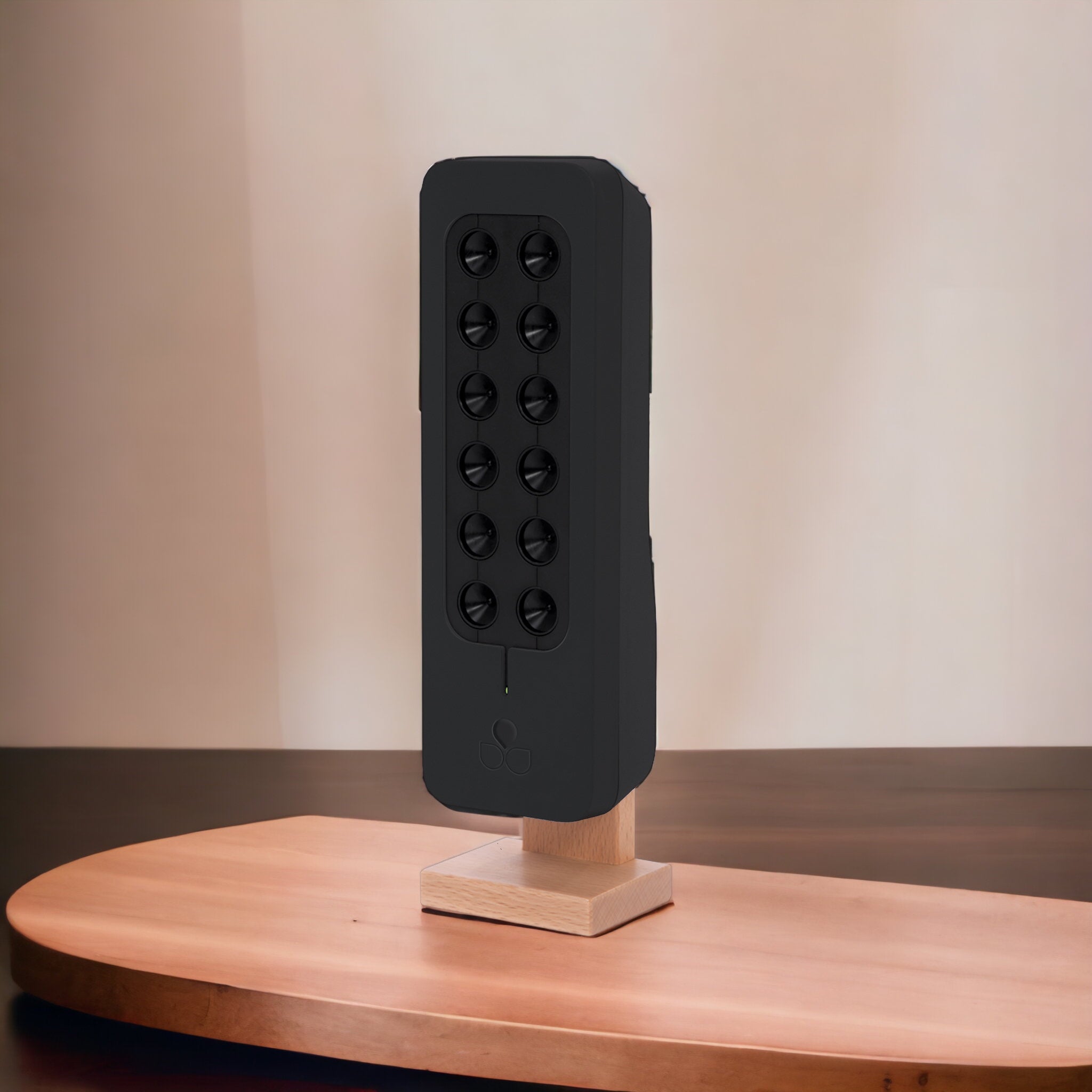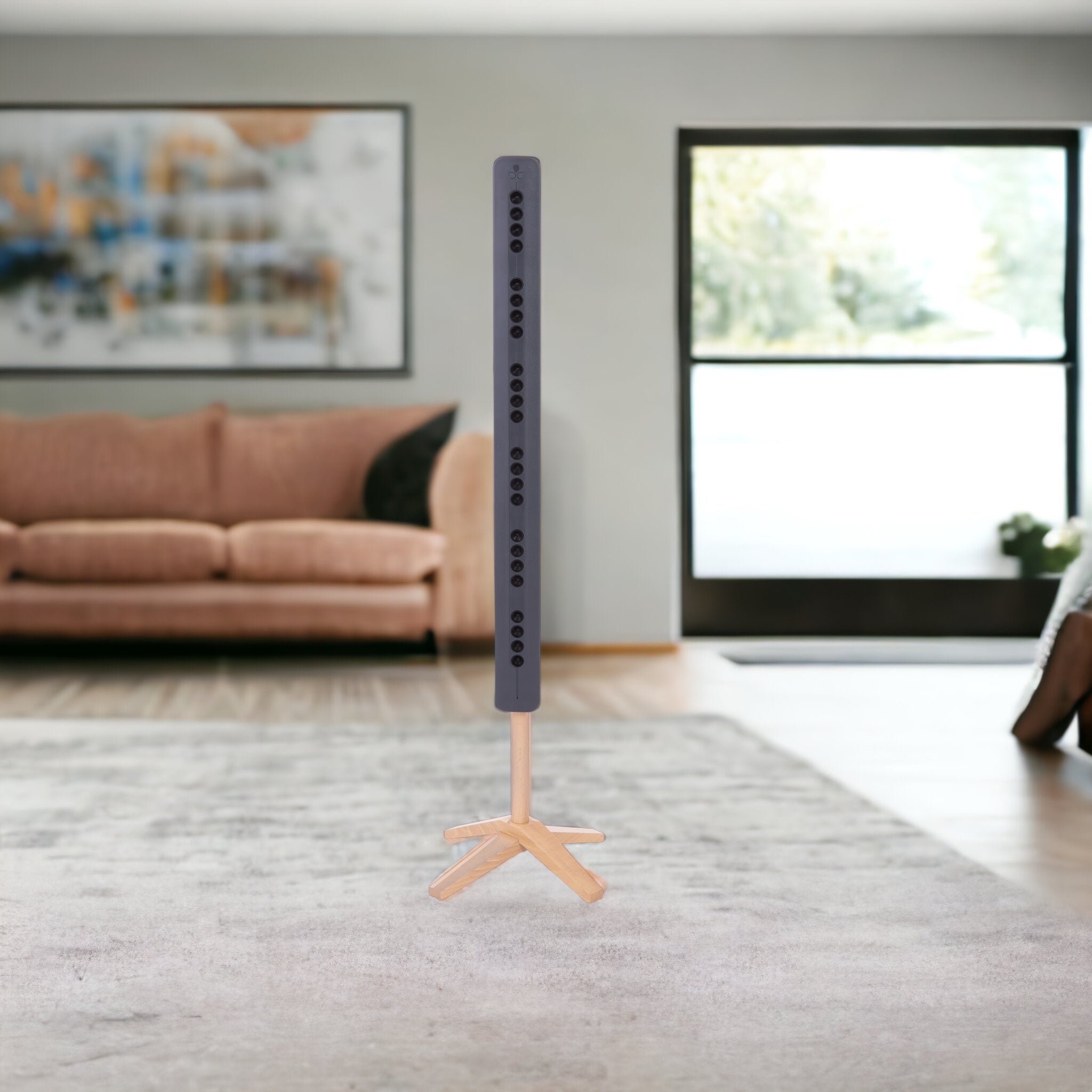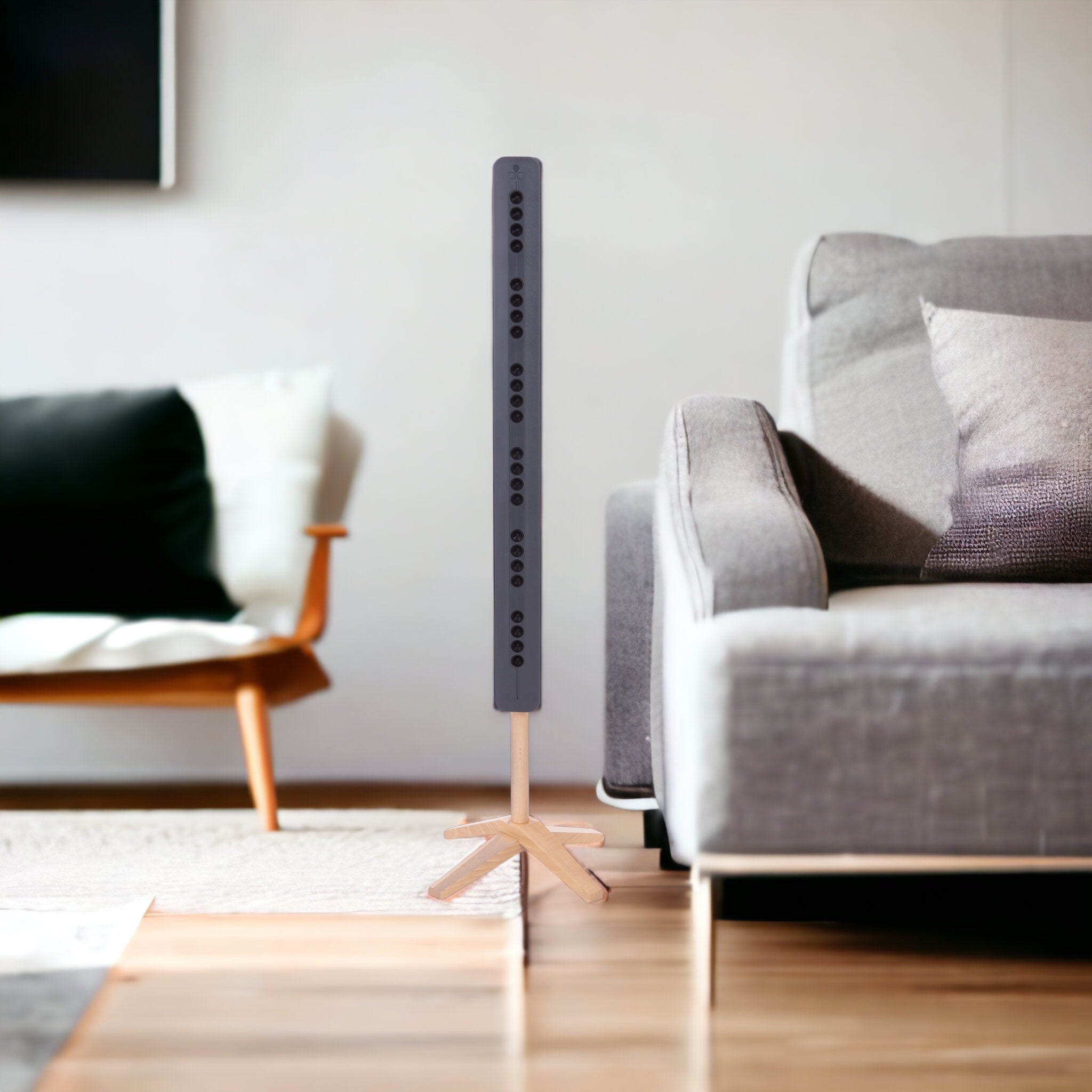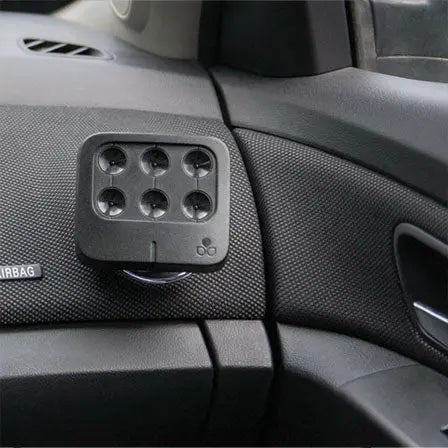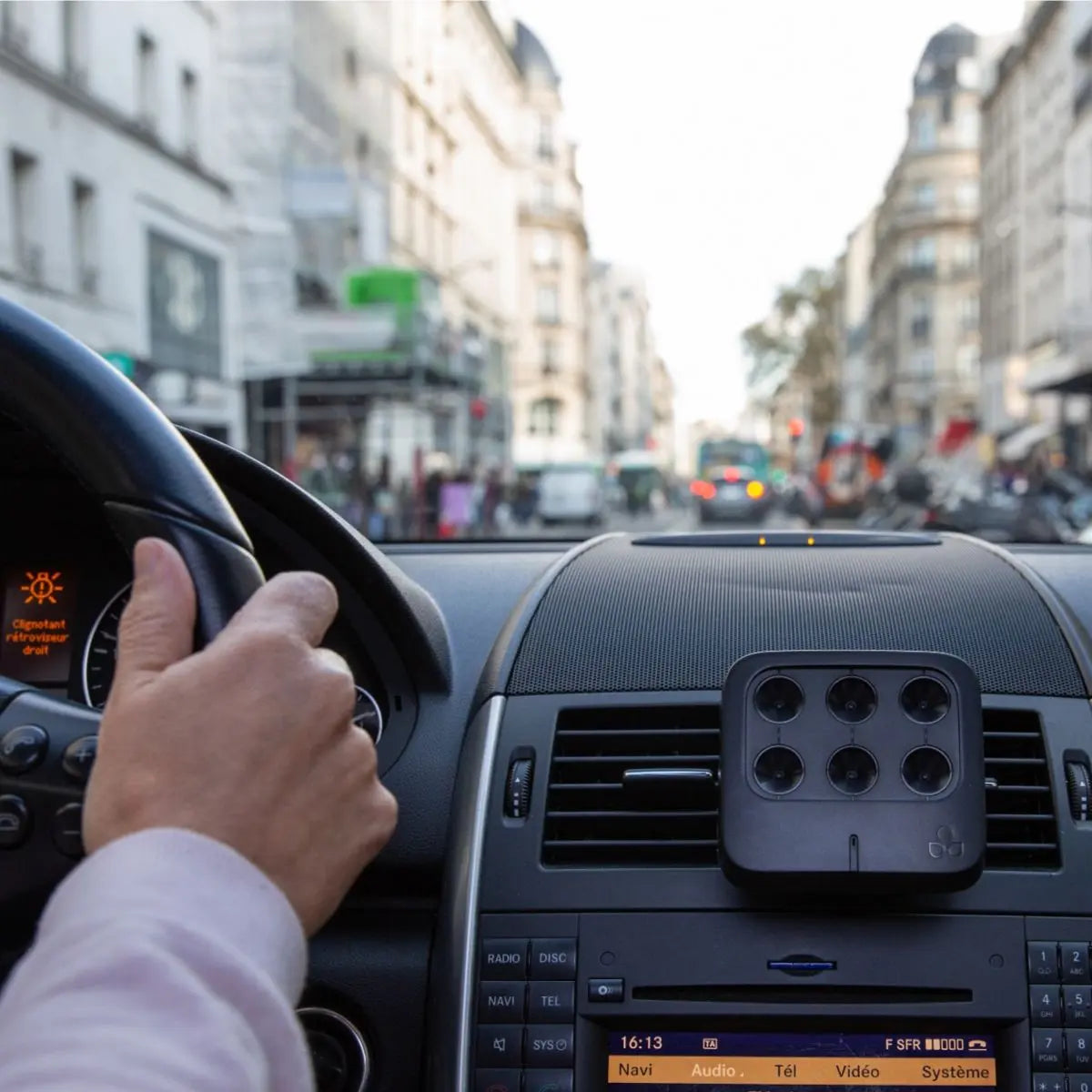Introduction
Modern lifestyle trends reveal that we spend a staggering 80-97% of our time indoors1. This statistic encompasses enclosed spaces, including our homes, workplaces, and, notably, our vehicles. Contrary to popular belief, the air inside these confined spaces can sometimes be more polluted than the air outside2. As a result, there's an increasing need to focus on indoor air quality, particularly within our vehicles, which often become microcosms of air pollution.
The Unseen Perils of Vehicle-Induced Air Pollution
Traffic-Related Air Pollution: A Silent Foe
Air pollution linked to traffic is a significant contributor to poor air quality, both inside and outside of vehicles3. This type of pollution includes toxic elements like nitrogen dioxide, particulate matter, and benzene, emanating from exhaust fumes and non-combustion emissions such as tire wear and road dust3.
Nitrogen Dioxide: A Breathing Nightmare
Nitrogen Dioxide (NO2) is a highly irritating gas. Breathing it in can instigate or exacerbate respiratory issues and cardiovascular diseases1. Alarmingly, studies by Inserm reveal that the World Health Organization's hourly NO2 threshold (200 μg/m³) is regularly exceeded for almost every hour spent in a vehicle1.
Particulate Matter: The Invisible Threat
Particulate matter represents another significant threat to our health. These microscopic particles can irritate respiratory pathways and impair cardiorespiratory functions1. Plus, some are even known to be carcinogenic1.
Benzene: A Stealthy Carcinogen
Benzene, although less common, still poses a significant risk. This carcinogenic substance, despite recent reductions, still maintains a strong average concentration within vehicles1.
The Reality of Exposure to Pollutants in Vehicles
Drivers and Passengers: The Most Exposed
Drivers and passengers in vehicles are among the most exposed to pollutants1. This exposure increases with congestion, as stagnant traffic results in higher pollutant concentration1. Moreover, the air inside a vehicle can contain up to ten times more NO2 than the outside air, especially during peak traffic hours1.
Buses: The Second Most Polluted Transport Mode
Public buses, although less trapped in traffic than cars, still expose passengers to significant pollution. With an average NO2 level of 62 µg/m³, buses rank as the second most polluted mode of transport1.
Air Pollution and Health Implications
Impact on Respiratory Health
Air pollution can be a leading cause of respiratory ailments like asthma and can even lead to premature death3. The harmful elements in polluted air can cause or exacerbate health issues, ranging from minor irritations to severe lung conditions1.
Cognitive and Cardiovascular Concerns
Scientific studies have also revealed that exposure to air pollution can negatively impact cognitive functions and induce stress hormone fluctuations, leading to detrimental cardiovascular effects3.
Counteracting Vehicle-Induced Air Pollution
Cabin Air Filters: An Essential First Step
Most vehicles equipped with an air conditioning system have a cabin air filter2. Although these filters can't fully protect against pollutants, they still play a crucial role in maintaining air quality within your vehicle2. Regularly replacing this filter, especially during hot periods when the air conditioning is working hard, can help reduce harmful emissions2.
Air Ionizers: A Promising Solution
Air ionization technology, a rising star in the nascent market of air purification, offers a promising solution. This technology directly treats pollution within the cabin without any undesirable side effects1.
Simple Habits: Airing and Cleaning
In addition to the above measures, it's advisable to air your vehicle regularly to reduce the concentration of pollutants inside3. Moreover, changing cabin filters every 15,000 km and routinely cleaning the interior of your car can prevent mold growth and further reduce the presence of pollutants3.
Conclusion
While the dangers of outdoor air pollution are widely recognized, the perils of indoor air pollution, especially within vehicles, are often overlooked. As we spend a significant amount of our time inside vehicles, it's crucial to prioritize improving the air quality within them. By implementing the above strategies, we can significantly mitigate the risks associated with vehicle-induced air pollution, safeguarding our health and the health of our loved ones.
👉 For more information on indoor air quality, visit the Observatoire de la Qualité de l’Air Intérieur (OQAI) website3.

